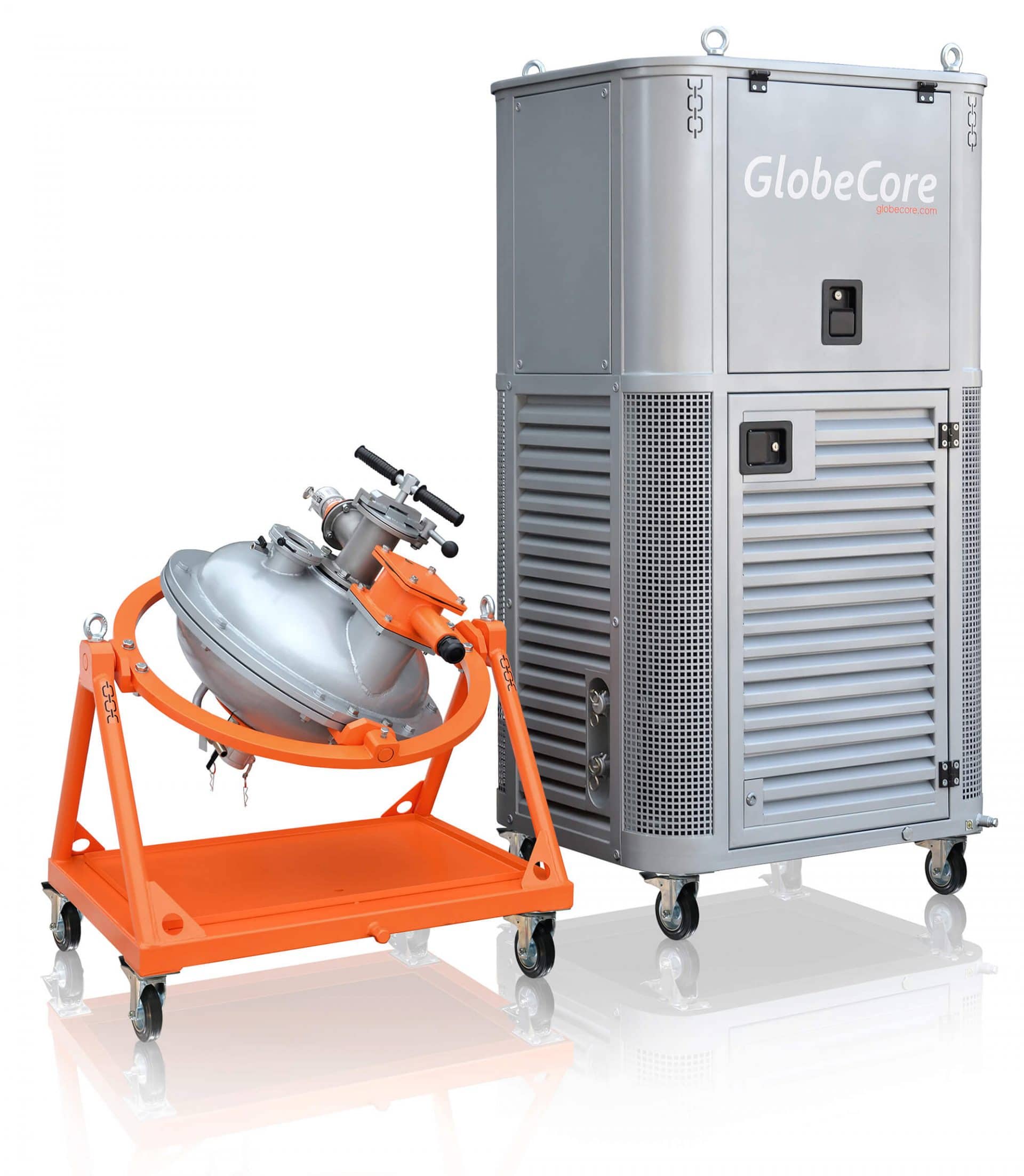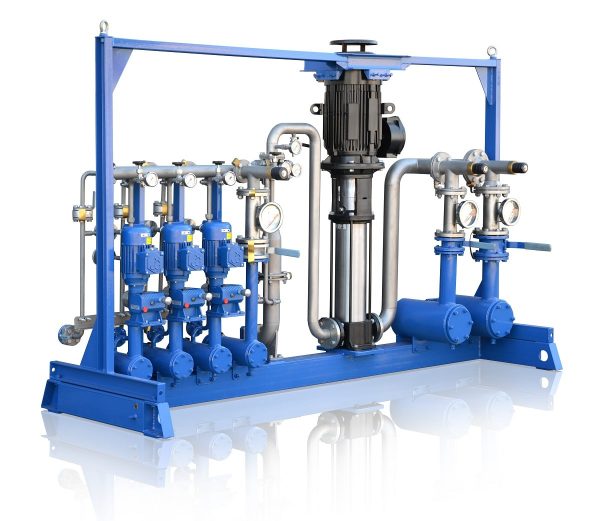Practical experience of marine power plant operation shows that their reliability, mean time between failures and time before overhaul depends on operation parameters related to fuel quality. Many river vessels use diesel fuel and fuel oil for propulsion.
Fuel always contains sulfur and its sulfuric compounds (mercaptans, sulfides, disulfides etc). These substances reduce quality and environmental safety of ship power plants and decrease their lifetime. More strict regulations on sulfur content in diesel fuel and fuel oil require deeper fuel purification and the use of modifying additives, consequently increasing production costs. This factor increases both fuel cost and natural resources consumption rate, therefore, some sulfur is always present in all fuels in the market.
The biggest problem with using sulfuric fuels is increased wear of motor parts and increased deposit formation due to sulfur combustion products. Most of these products (SO2 and SO3) are expelled into the atmosphere with exhaust gases, but the part of SO2 and SO3 which forms sulfuric and sulfurous acids significantly increases the corrosion of engine and gas exhaust components.
One of the less studied directions is fuel purification to remove undesirable components, specifically, sulfur and resinous hydrocarbons, which significantly reduce environmental and operational parameters of marine power plants.
Processing fuel to remove dissolved and molecularly bound impurities is rather difficult.
To address the above problems, we suggest the AVS vortex layer device for fuel purification with water with subsequent hydrocyсloning. In essence, this is a process of making high quality water fuel emulsion (WFE). The efficiency of WFE use has been proven many times by research. WFE improves power output, allows additional loads, reduces heat stress in pistons and cylinders, reduces fuel consumption, removes deposits from combustion chambers and significantly reduces the emissions of toxic and environmentally hazardous substances with the exhaust gases. Highly efficient water-soluble additives can be used with WFE, unlike regular fuel, since they are unstable and do not solve well in dehydrated fuel.
In the AVS, water and fuel and dispersed. The system consists of a non-magnetic tube, in which a strong rotating electromagnetic field is created; the field interacts with steel needles, moving them intensively. The needles become magnetized and start interacting with the rotating field as well. This results in several effects in the operating chamber, which are combined with thermal and physical phenomena occurring when the needles collide between each other, with the walls of the chamber and with the processed media. The mean power of these effects is very high, and when all the factors at the same time start influencing the particles of the processed substance, the structural and energy changes in the substance are deep enough to start such physical and chemical processes which are not possible or difficult in normal conditions: deformation of crystalline structure, sharply increasing chemical activity of the substance, the degree of dissociation etc.
With the AVS it is possible to add up to 7% water into fuel (depends on fuel composition and quality), without visible globules of water; it can be said that the mixing occurs in molecular level. Such fuel and be stored for a long time, and, as shown by experiments, separation does not occur even in 5-6 months.
It is worth noting that when the fuel is over saturated with water, up to 80-90% of tar resin and 60-70% sulfur precipitate and sludge along with excess water, which can significantly extend the range of possible fuels for use (such as high sulfur content fuels).


 AVS-150 Chemical Mixing ...
AVS-150 Chemical Mixing ... AVS-100 Mixing Machine. ...
AVS-100 Mixing Machine. ... USB-1 Fuel oil ...
USB-1 Fuel oil ...